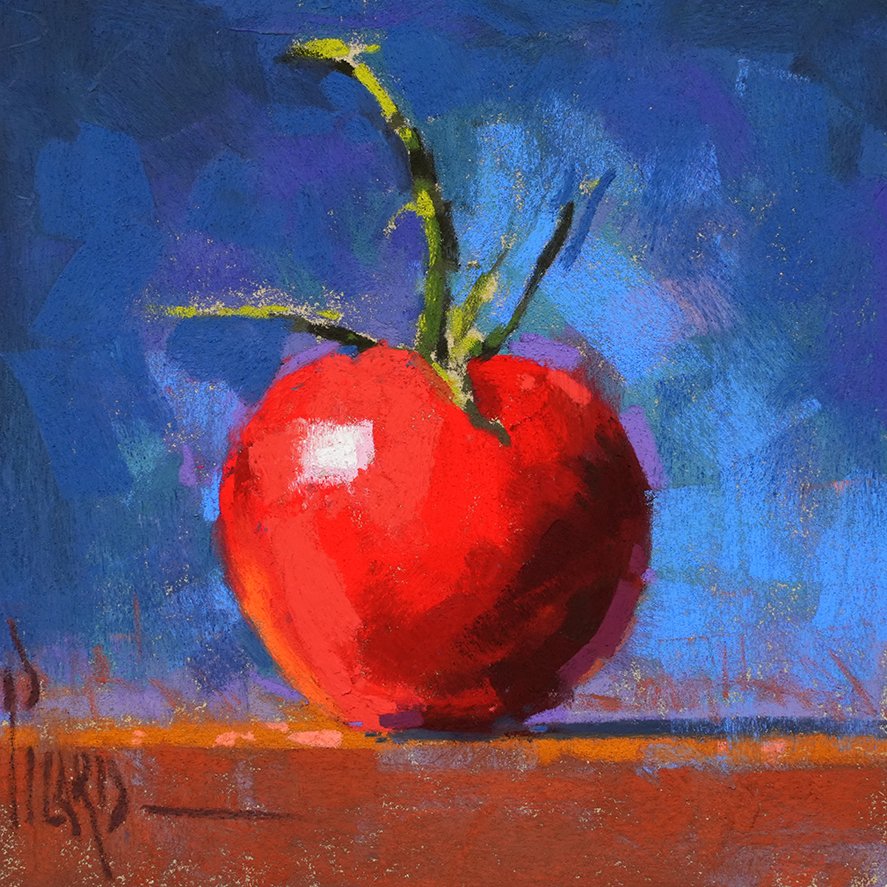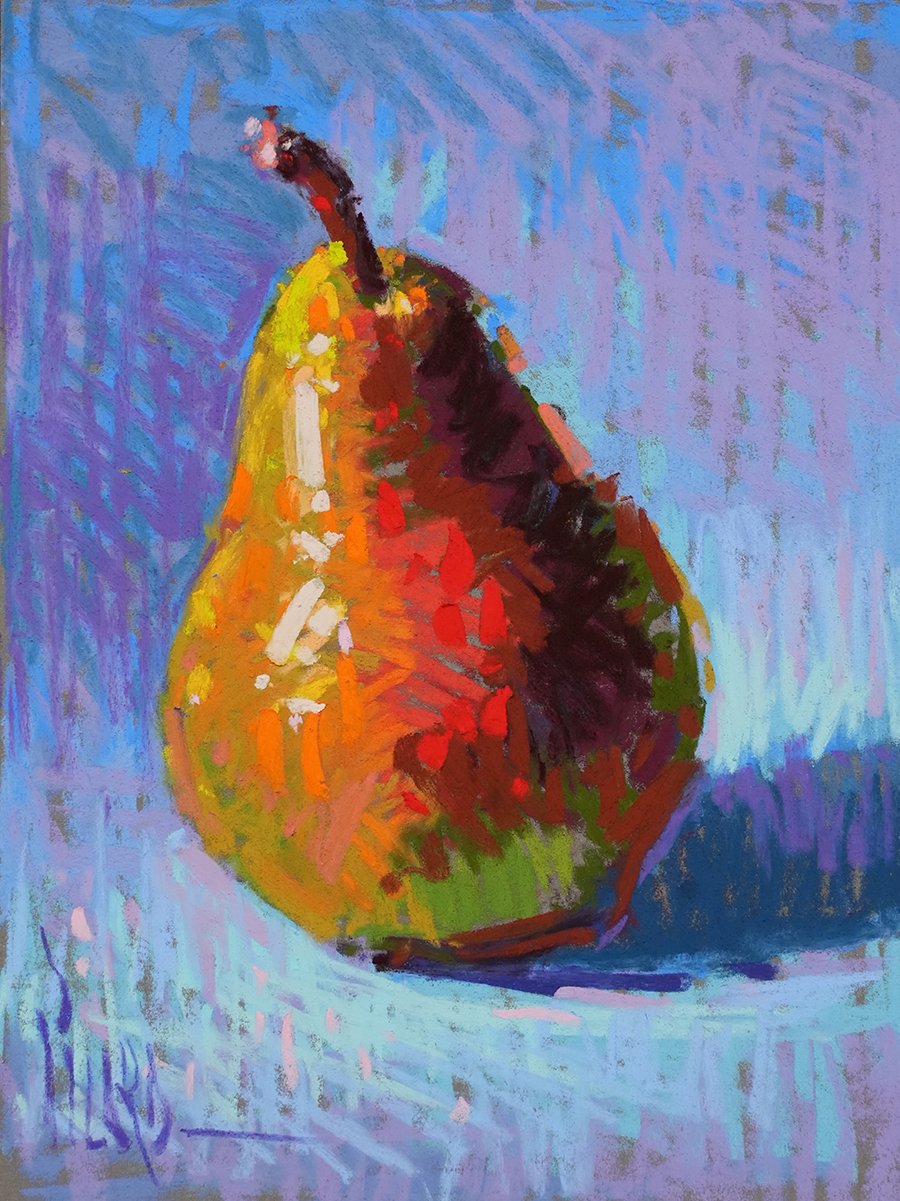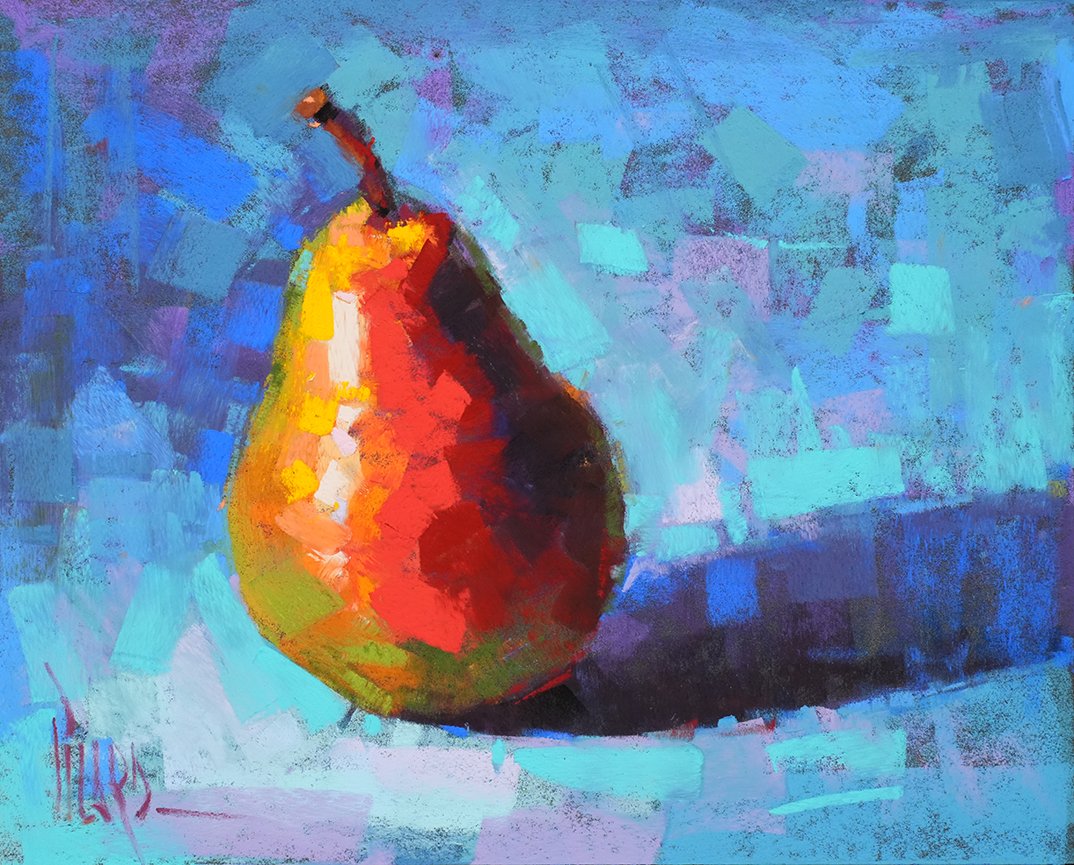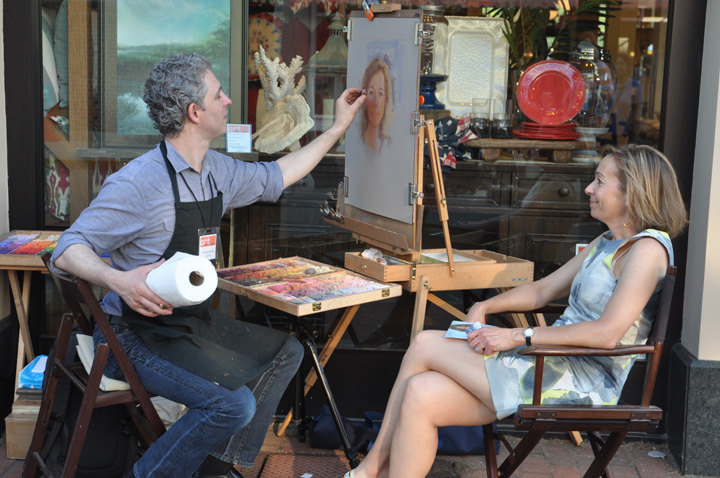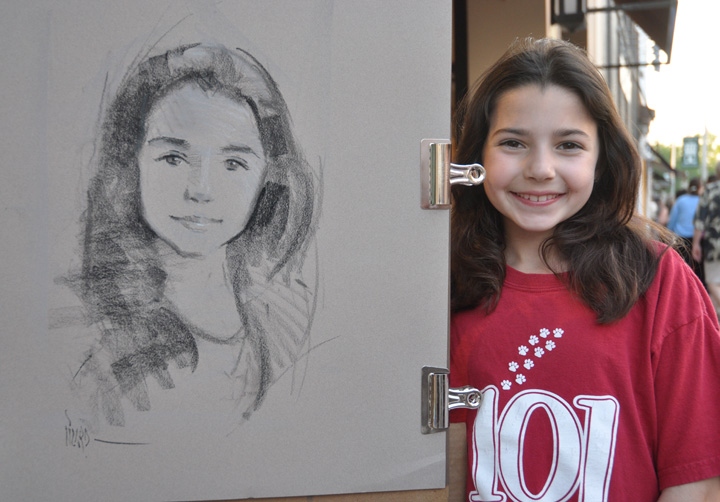The Secret to Sparkling Pastel Ornaments Revealed
I'm sharing my painterly technique for creating ethereal, shimmering Christmas ornaments in pastel! Join me for a special painting session where I'll reveal my secrets for capturing that ephemeral holiday sparkle.✨
You know those moments when light catches a delicate ornament just right? In this lesson, we'll learn how to capture that magic with pigment. I'll guide you through each step of creating luminous holiday ornaments in soft pastel that seem to glow from within.
What I'm revealing today:
The painterly technique behind that shimmering glow
My layering secrets for achieving dreamy, pastel effects
The surprisingly simple method for adding mesmerizing highlights
Whether you're a seasoned artist or just beginning your creative journey, these techniques will add a beautiful new dimension to your holiday paintings.
It's the season of wonder, and I want to celebrate with you! So let's create some holiday magic together!
Wishing you a Merry Christmas, with abundant creativity and joy in the coming year.🌟
Alain Picard


